Our prevention advisor Jesse Maesen noticed that this question is still ver real for many companies.
More and more companies want to address safety as a matter of urgency. Also because they realise that every euro they invest in prevention and occupational safety more than doubles the return.
In the year 2022, it is more than interesting to know what a vigorous and at the same time feasible approach looks like.
But for that, we actually have to change the initial question... Only after this does the first question come up and, of course, there will be an answer.
Safety, why do I want to take it on now?
Anyone who wants to guide entrepreneurs successfully will put this question forward. Without a clear answer to this question, every project is at risk of becoming a beautiful but ultimately empty box. Something we are allergic to at Seekurico.
Entrepreneurs who invest in safety are entitled to an approach that matches the reality of their own business culture.
Our first tip is, therefore: do not be taken in by consultants who dazzle you with their professional knowledge or expensive words. Or who, in the worst case, make use of your urgent questions. Dare to ask for a second opinion before you start a project to be sure that your investment gets the maximum return, but also when working with committed and reliable partners simply reaches much further.
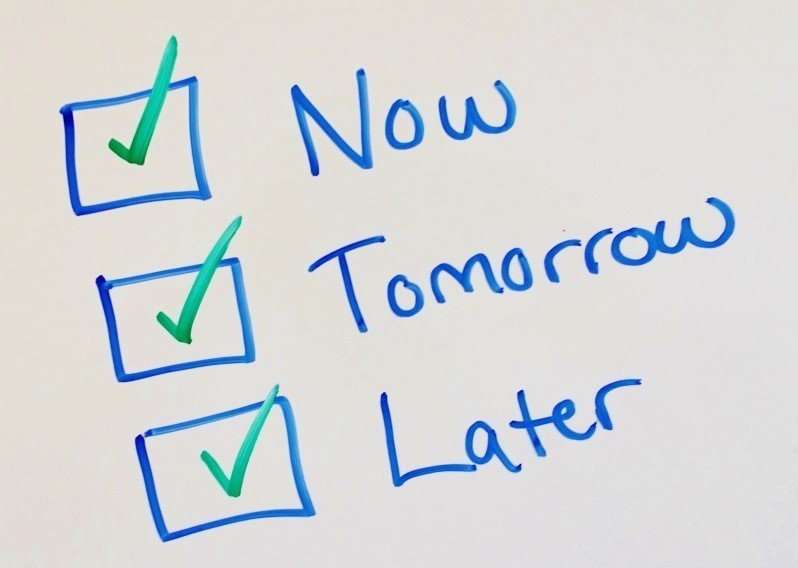
The reasons most often cited
Companies look for support for various reasons and therefore at various times. You may recognise yourself in several reasons:
- a (less favourable) visit by the FPS Employment, Labour and Social Consultation (fod waso in Belgium)
- a (serious) work accident or an excessive frequency of minor and near misses
- a (new) management that wants to sail a different course
The first two reasons could - crudely put - be reduced to increasing returns. Not the most noble reason, but also an important one.
You may have read that in a previous blog. Certain infringements can be punished by fines or even by shutting down a production line or the entire operation. In any case, threats that require immediate action.
But accidents at work also cost companies a lot of money, not to mention the human cost, which is unaffordable. Those who know us a little will know that for us, human capital is number one and that it takes some effort to step over it so "lightly".
The most meaningful reason
It is the third reason: the new management that consciously chooses to change course. Management that at a turning point resolutely chooses to put employees first is a dream to work with for consultants in security.
Here, you know that initiatives will be supported, whether you choose to focus on one part of the wellbeing domains or the whole picture. If the CEO himself advocates the safe way and knows what is going on, you can count on it that the employees will also take responsibility for this in the not too distant future.
Answering the 'why' question is our first step: it partly determines the approach. Partly, because regardless of the starting point, you can draw a line in the further approach.
In any case, it comes down to getting a quick and thorough picture of the actual needs. This question can concentrate on a demarcated and practical domain, but more and more it extends to management level.
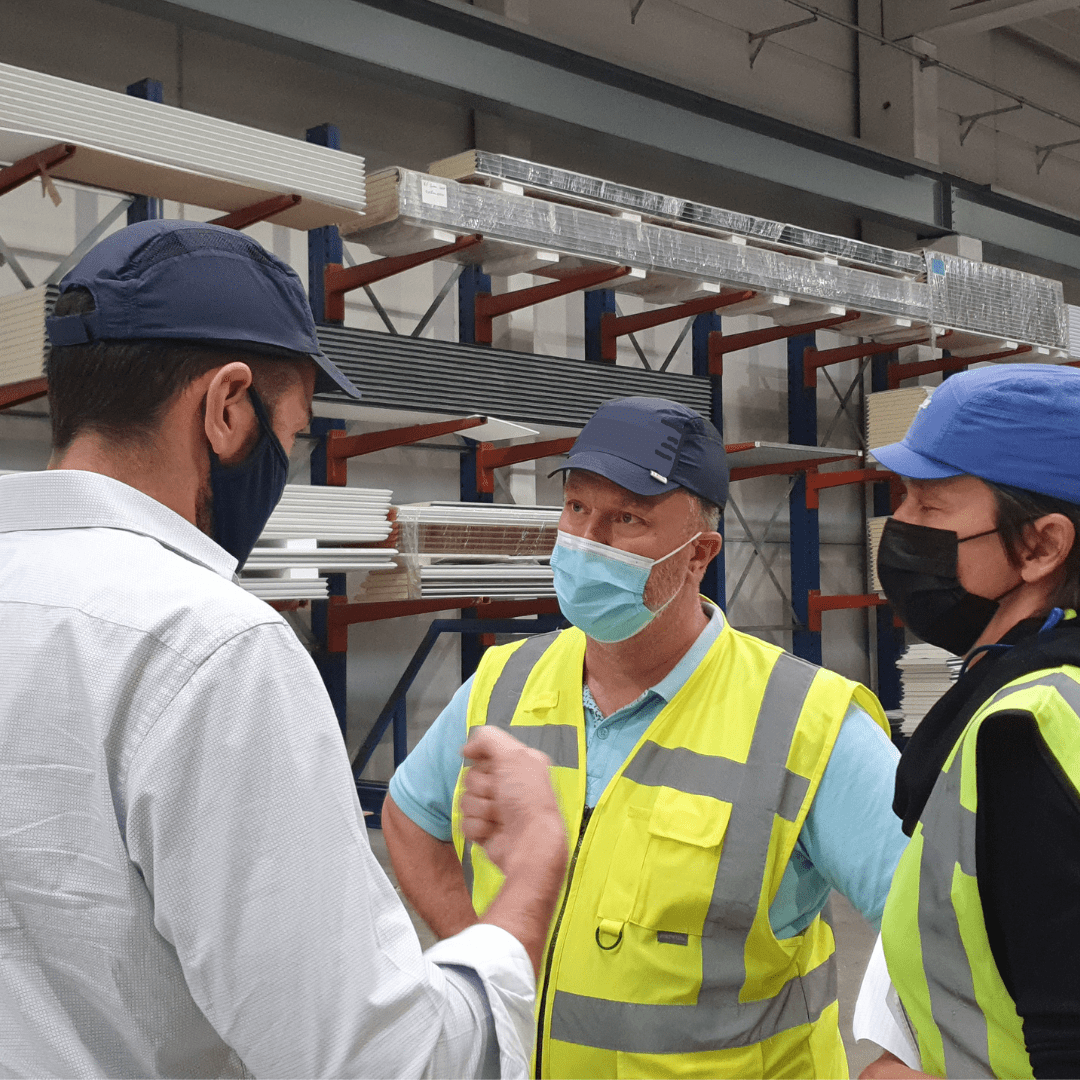
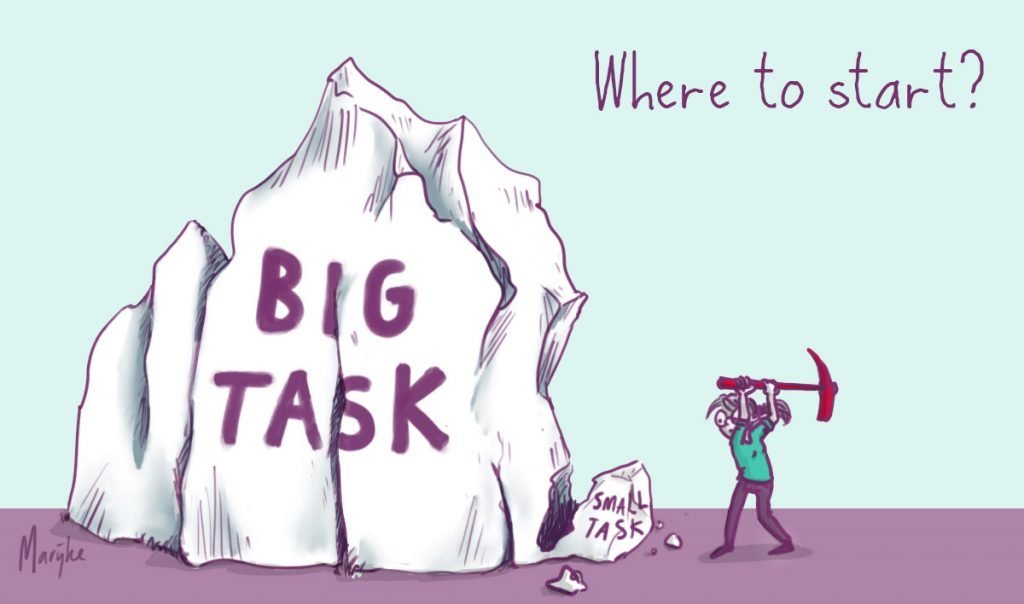
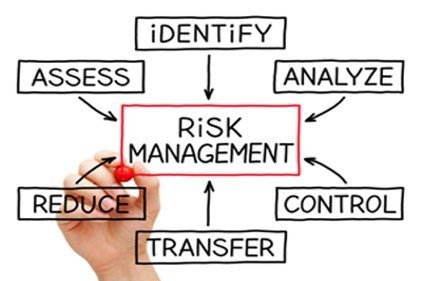
Back to the initial question
Only then are you ready for step 2 of all support: the accurate inventory and analysis of what already exists. From the start, the client indicates the level of analysis he requires and receives a tailor-made scan.
Our safety scan is a tool we are proud of.
Thanks to Jesse's intensive and structured fine-tuning, we can perform a complete GAP analysis for the entire company or for a selected sub-aspect. These are for example fire and explosion safety, electricity, machine safety, internal traffic, psychosocial aspects and chemical agents.
What is and what should be
That is what our GAP analysis allows: a quick, objective assessment of what is going well and where adjustments can be made.
Do you want to map out one or more sub-aspects or also the entire management system behind it? At the client's request, we also check the procedures, responsibilities, safety functions and the so-called hierarchical line, the documents and the management system used for them or the entire DRMS.
In practice, this looks like this: already during the first exploratory meeting, but certainly during the actual safety tour that accompanies the scan, we gather a lot of information. Sometimes, these are apparent details that reveal that adjustments need to be made at another level.
An RA Fire, for example, is an extensive search of the entire company, while some organisations focus mainly or even exclusively on sterile plans and the demonstrability of documents.
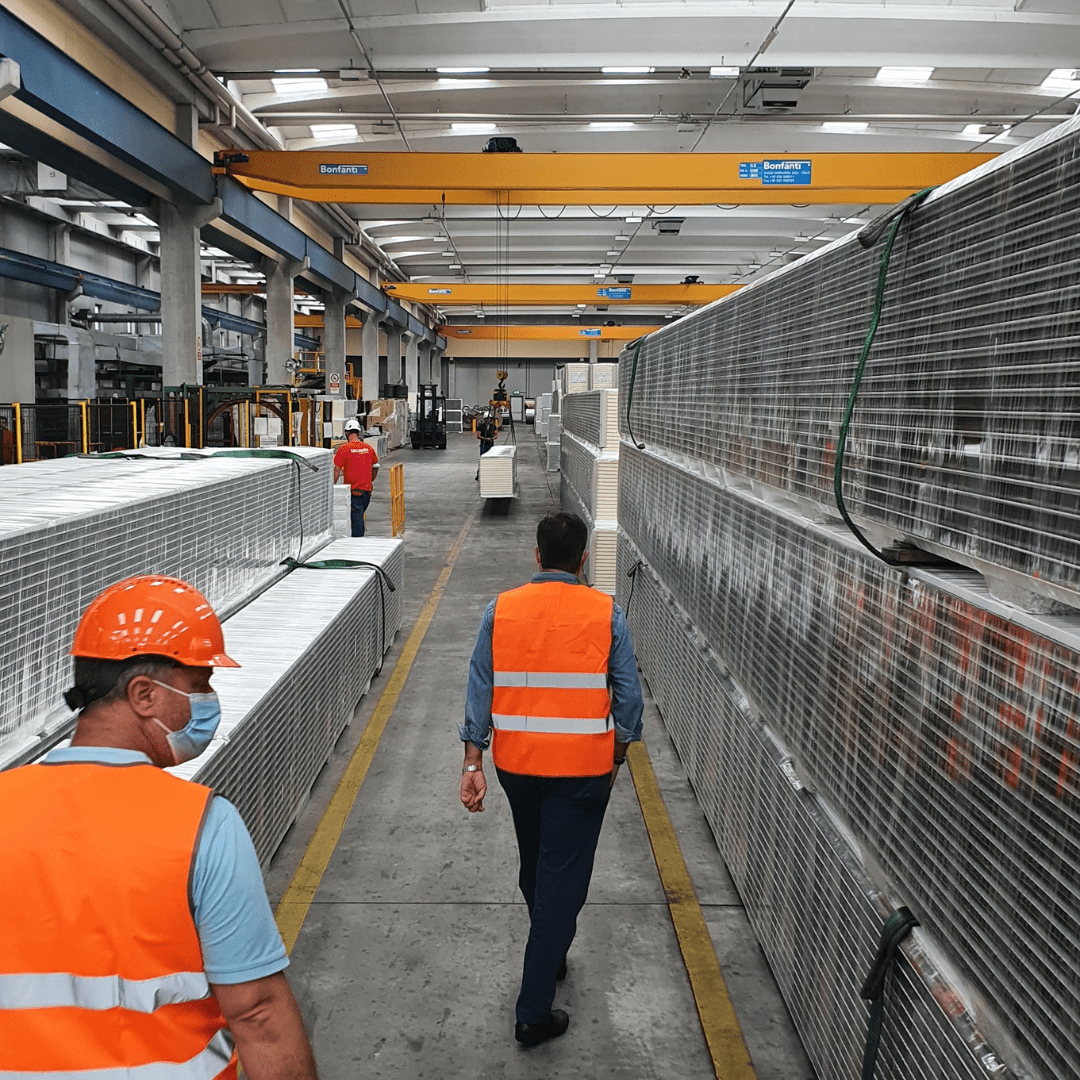
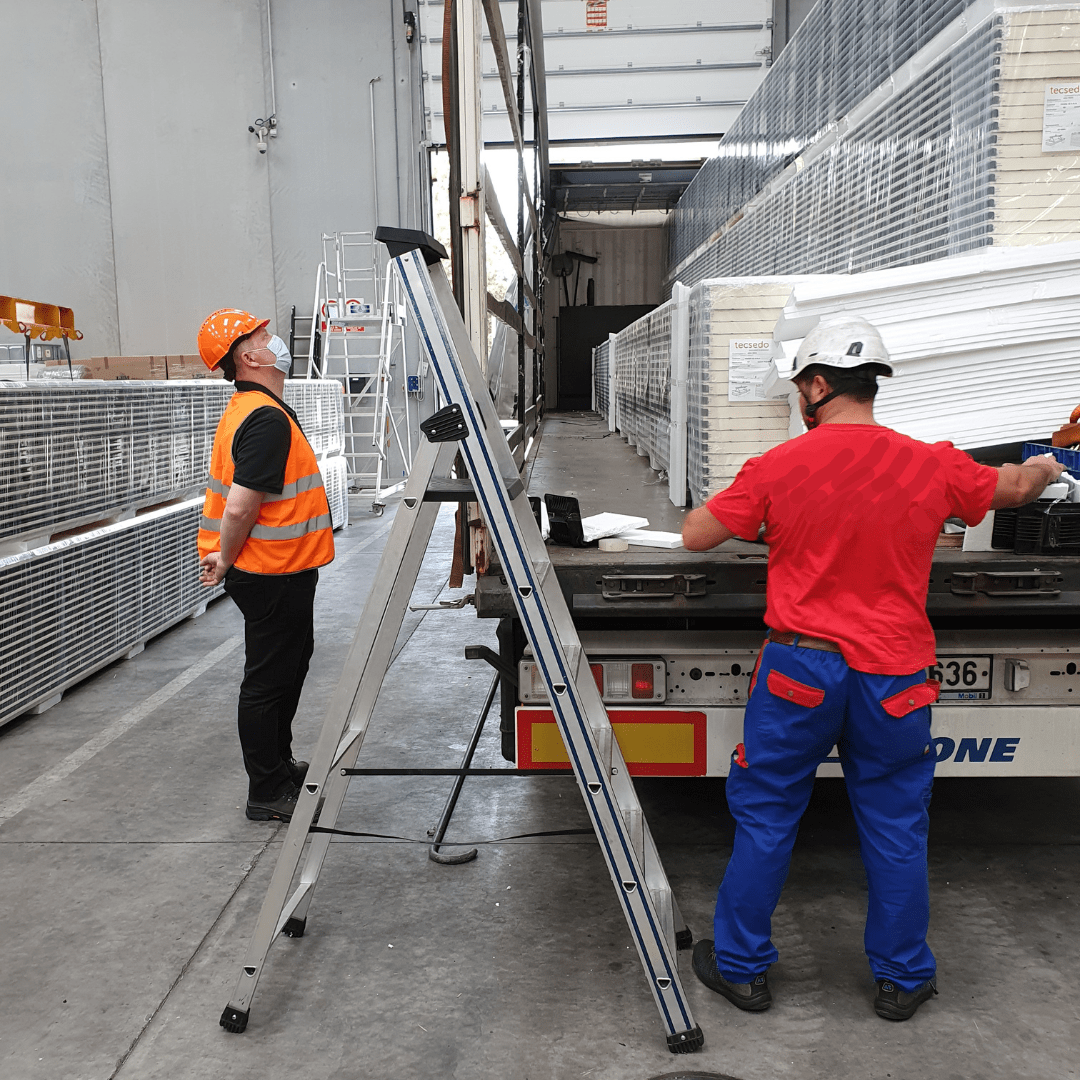
What you need: a useful report
Each safety scan is followed by the highly important interpretation of the data for our customer and its conversion into a clear priority list.
Even the most perfect (and sometimes expensive) analysis means nothing if it is not accompanied by a plan of approach.
That plan, by the way, is not a contract of constraint with which you commit yourself, but a handy summary of the gaps and possible solutions, ranked according to urgency and intensity.
As a customer, you choose from this point on how to proceed. Do you take the proposed actions yourself or do you let yourself be supported in this as well? Or do you opt for the peace of mind of a total carefree approach in which we direct, follow up and secure the chosen actions?
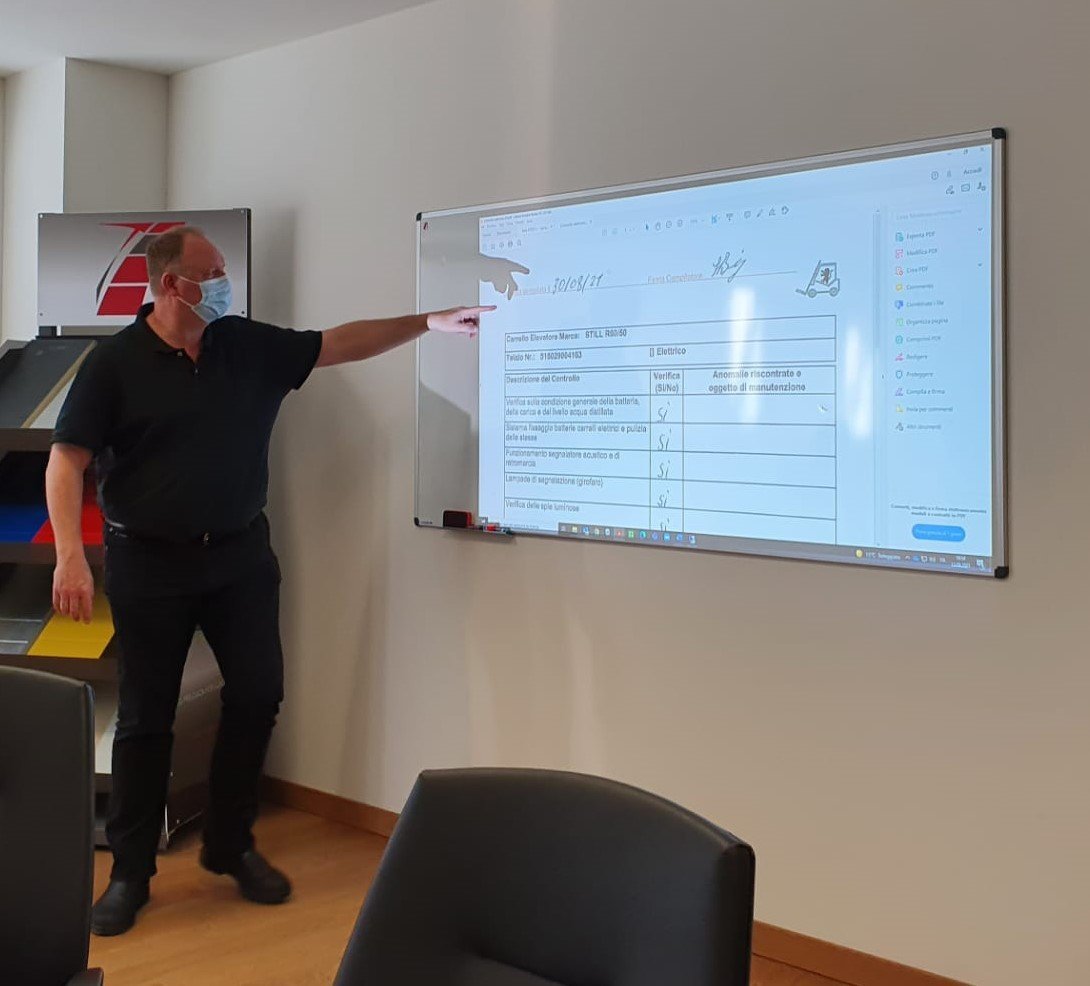
The Seekurico-touch
What customers value is our broad expertise. But what we impose on ourselves is that those customers pick up tips and useful information from the very first conversation. It doesn't matter if they decide to work with us afterwards. Professional distortion perhaps: we seize every opportunity to raise the level of safety.
If the client has not yet decided on the level to which the inventory should go, we sometimes deliberately choose "against our own business". After all, it is counterproductive to impose an approach that the client is not convinced of.
This inventory or GAP analysis may also look a little different to us: we deliberately don't walk through your company with a tablet to tick off points in a template. Your own manager can do that as well.
We prefer to put our eyes and ears to the test, also because this way, your employees can immediately provide valuable information.
Honestly? We sometimes tend to regret that afterwards. 😉
That it sometimes takes extra effort to draw a conclusion from the multitude of data and insights gathered and to pour it into a priority list, the customer will not notice.
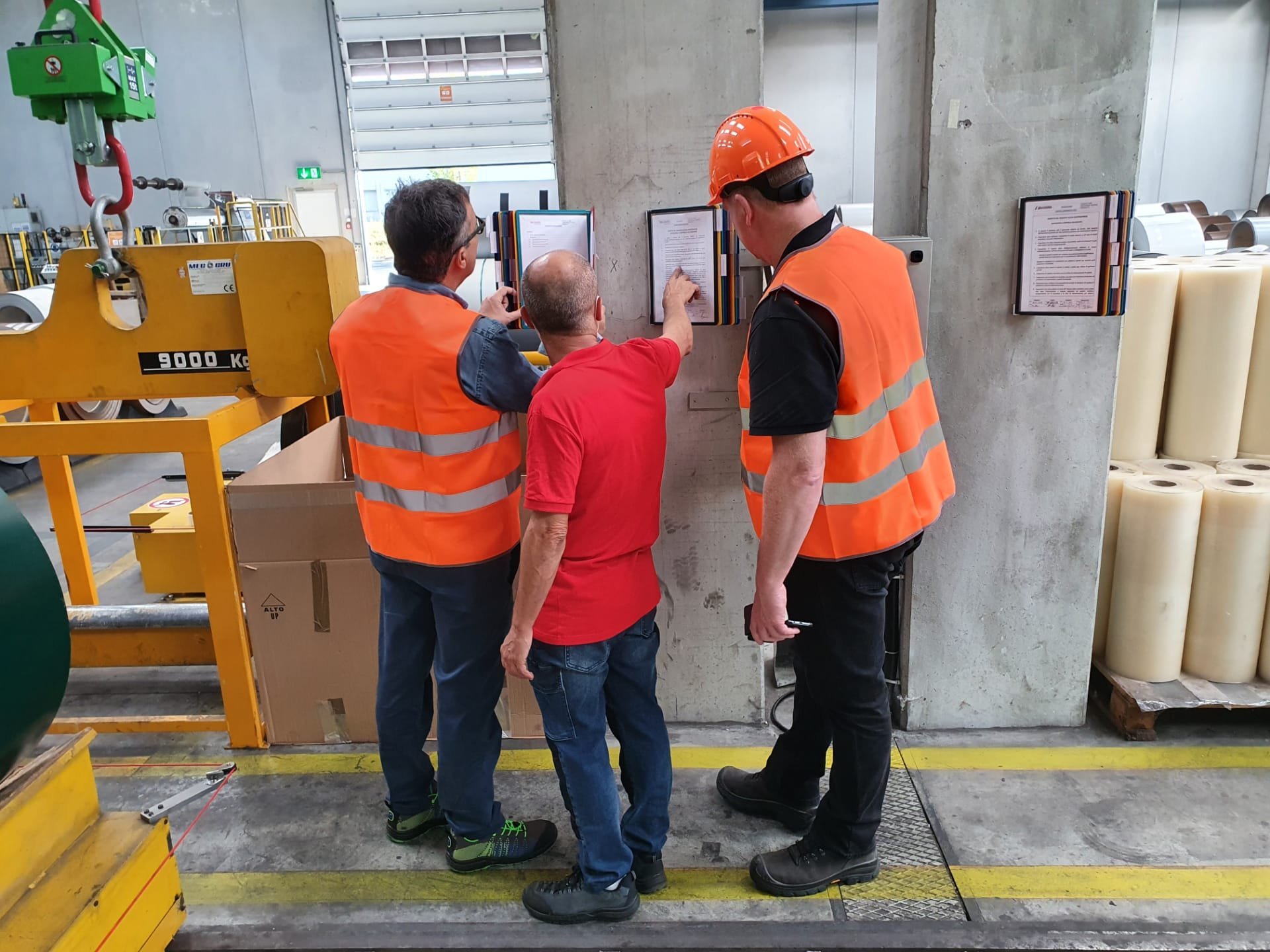
What you shouldn't expect from us
Sorry, this will come across as rather harsh, but what we will not participate in is "window dressing".
Clients looking for quick fixes are mainly concerned with themselves or quick profits and not with their people.
We cannot and will not support that, even if they are easier and even more lucrative projects.
We prefer to put our name to sustainable, high-quality and, above all, supported solutions. That way, our customers are much better off in the long run, but above all, the people on the floor can do their work in better conditions and return home healthy.
What you can rely on
Even those who contact us to avoid a fine get our full attention.
Because maybe this is the momentum for this company to handle safety differently from now on. No question is too odd for us.
You can count on our honest and solid answers. So ask your question in all discretion and in all confidentiality through the contact form or at info@seekurico.be. We will respond quickly.


